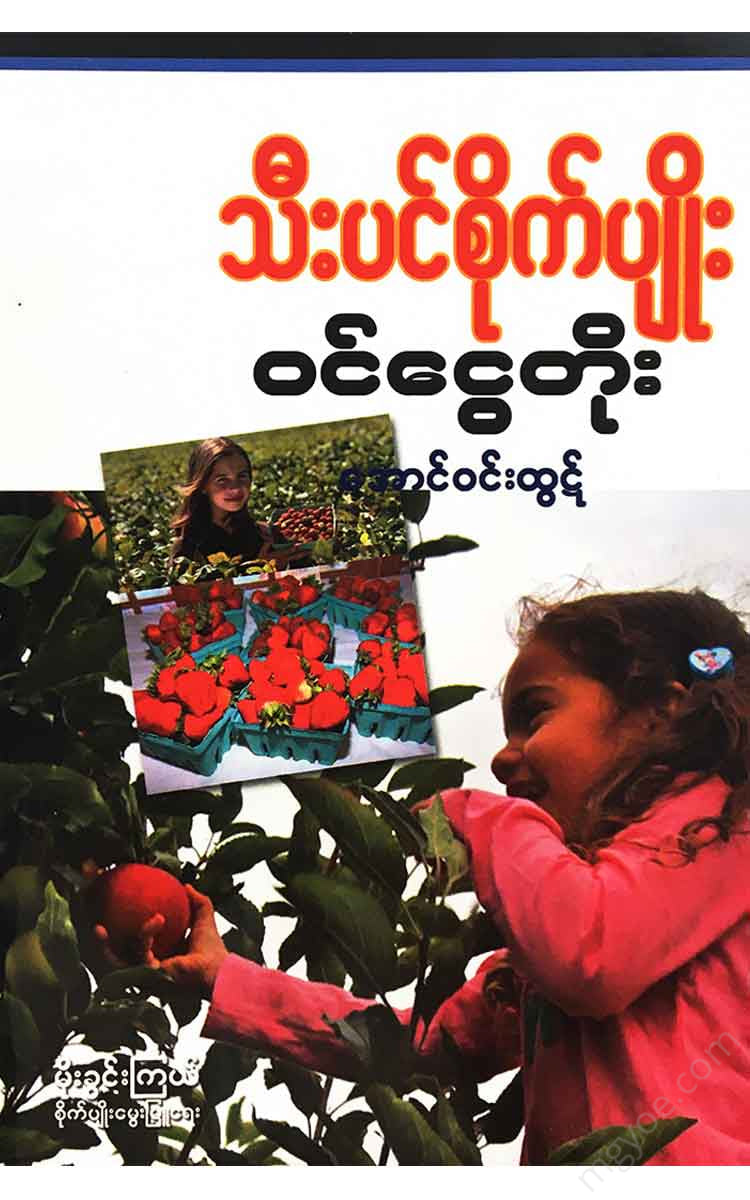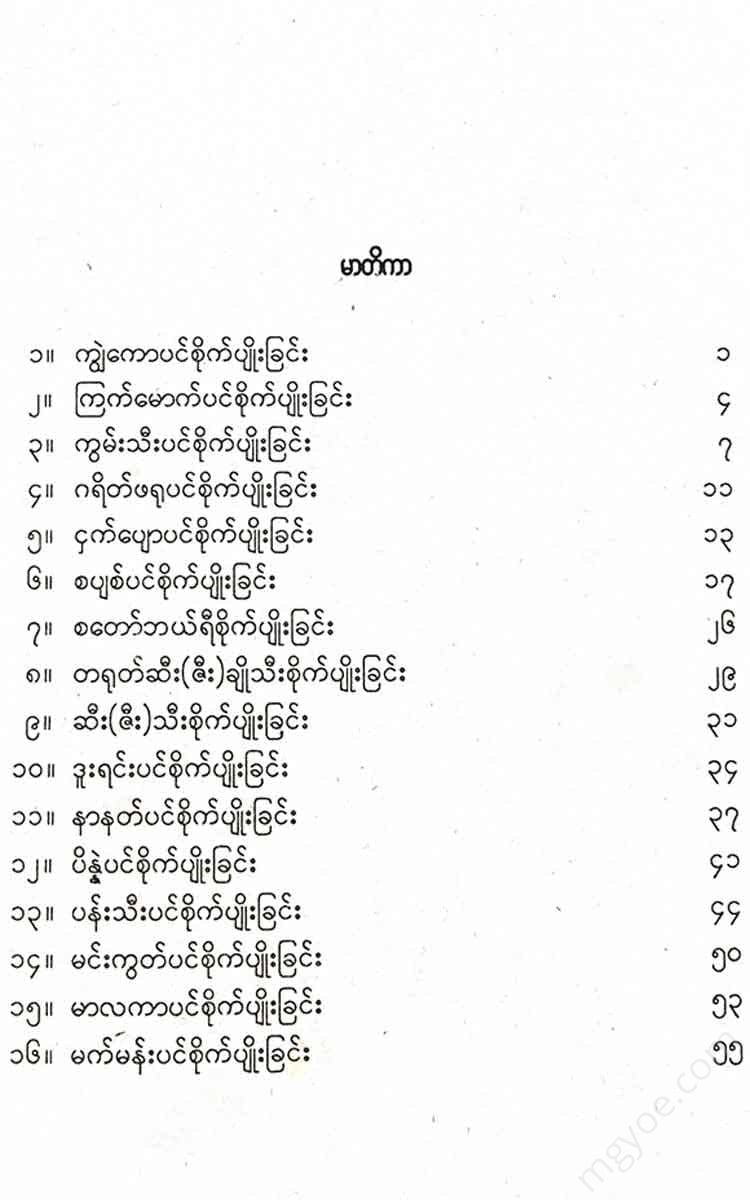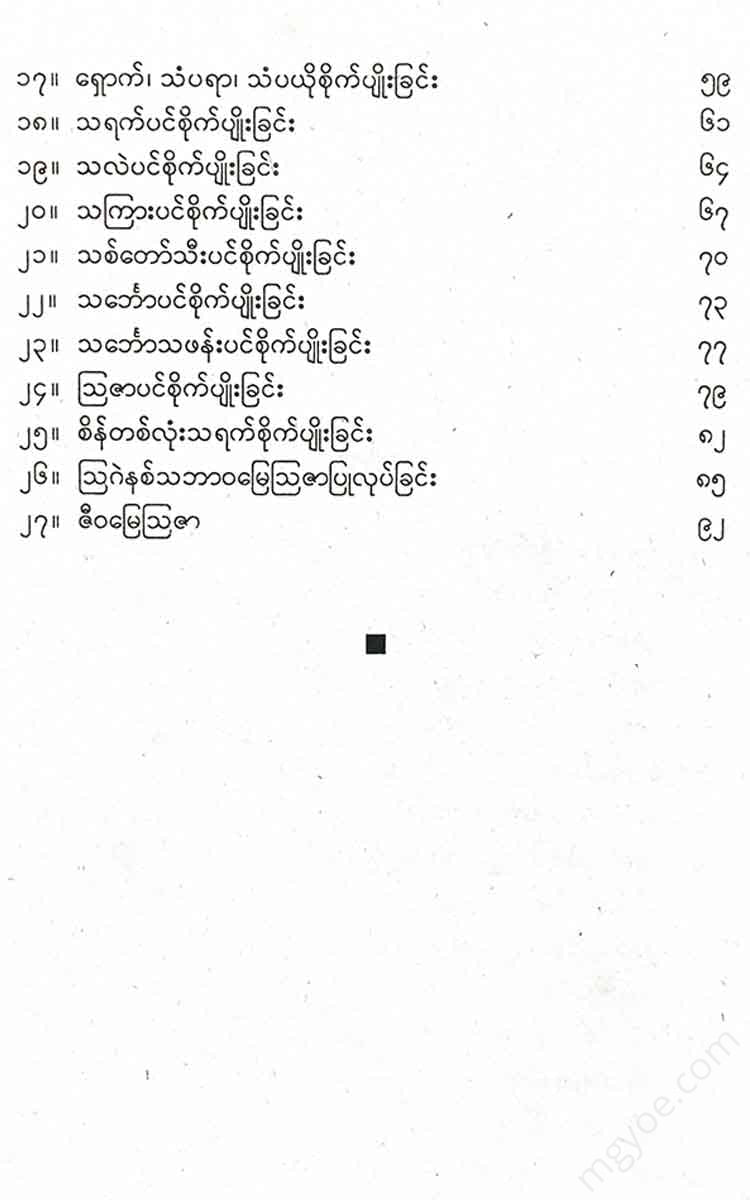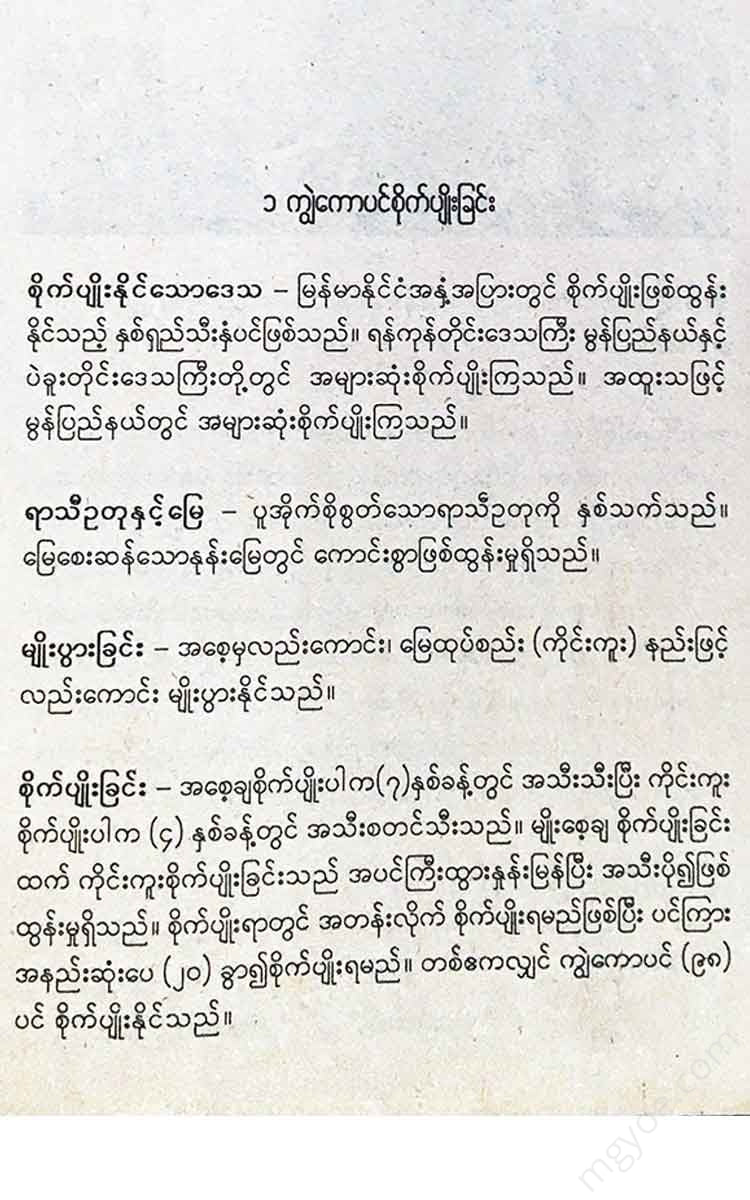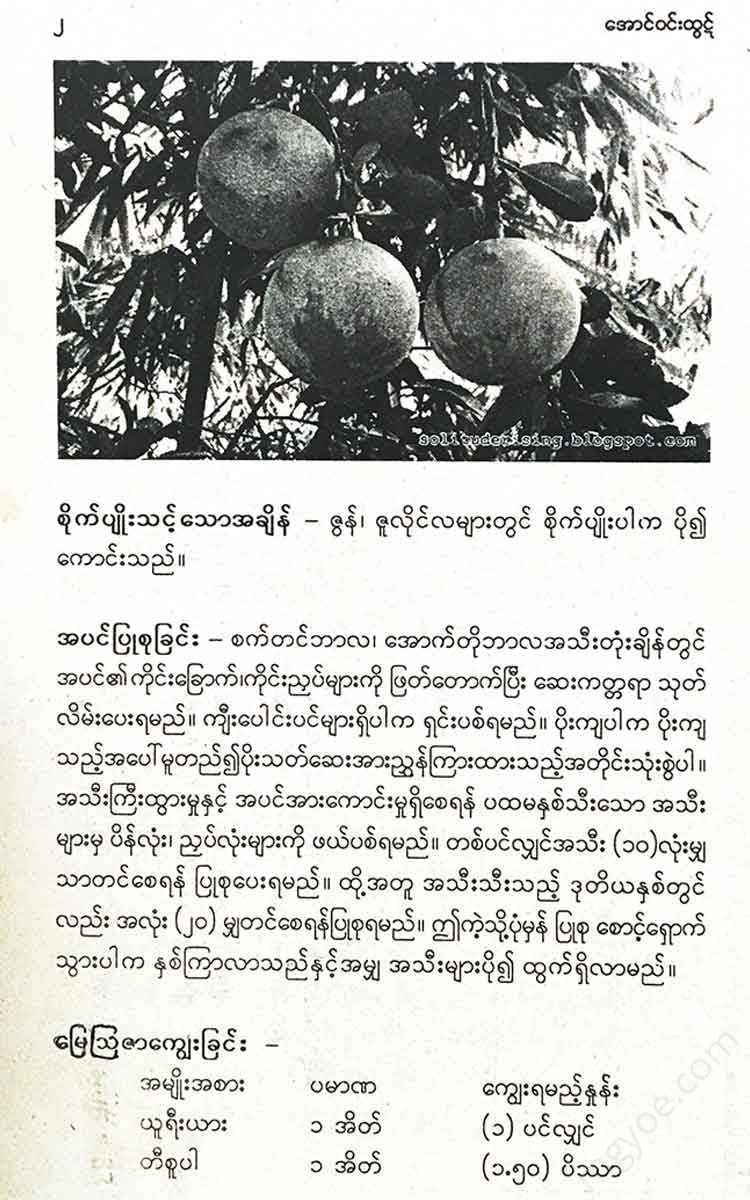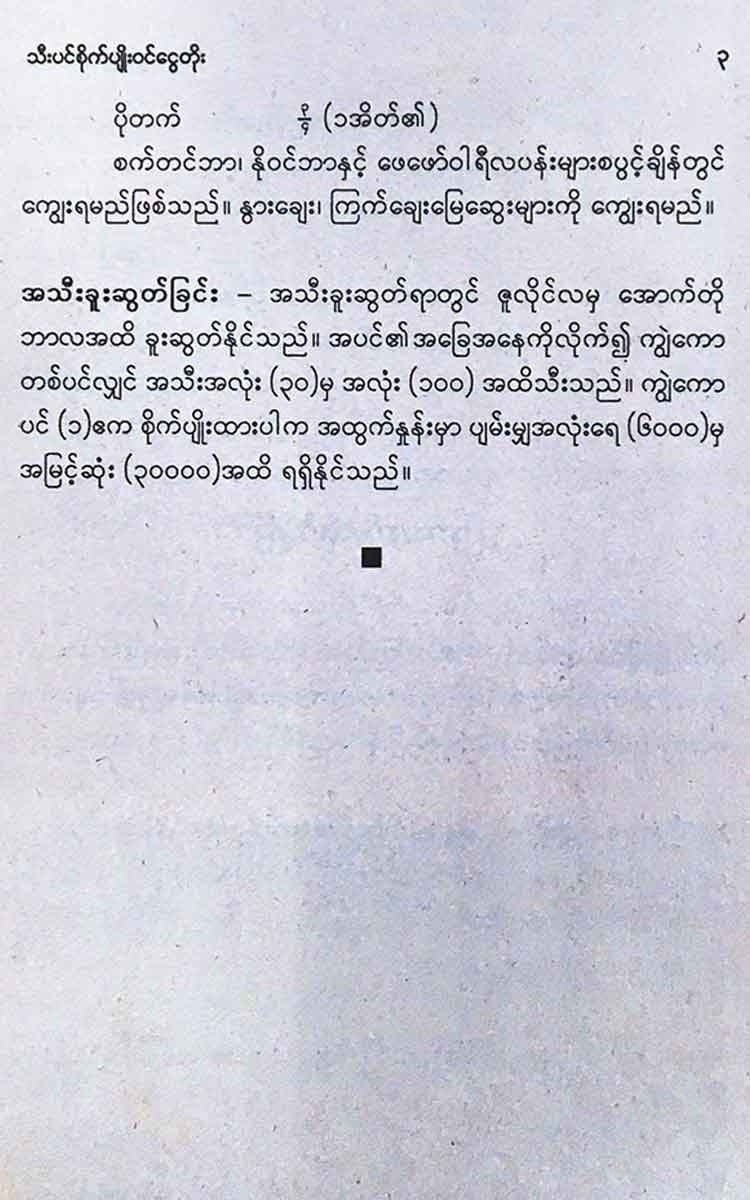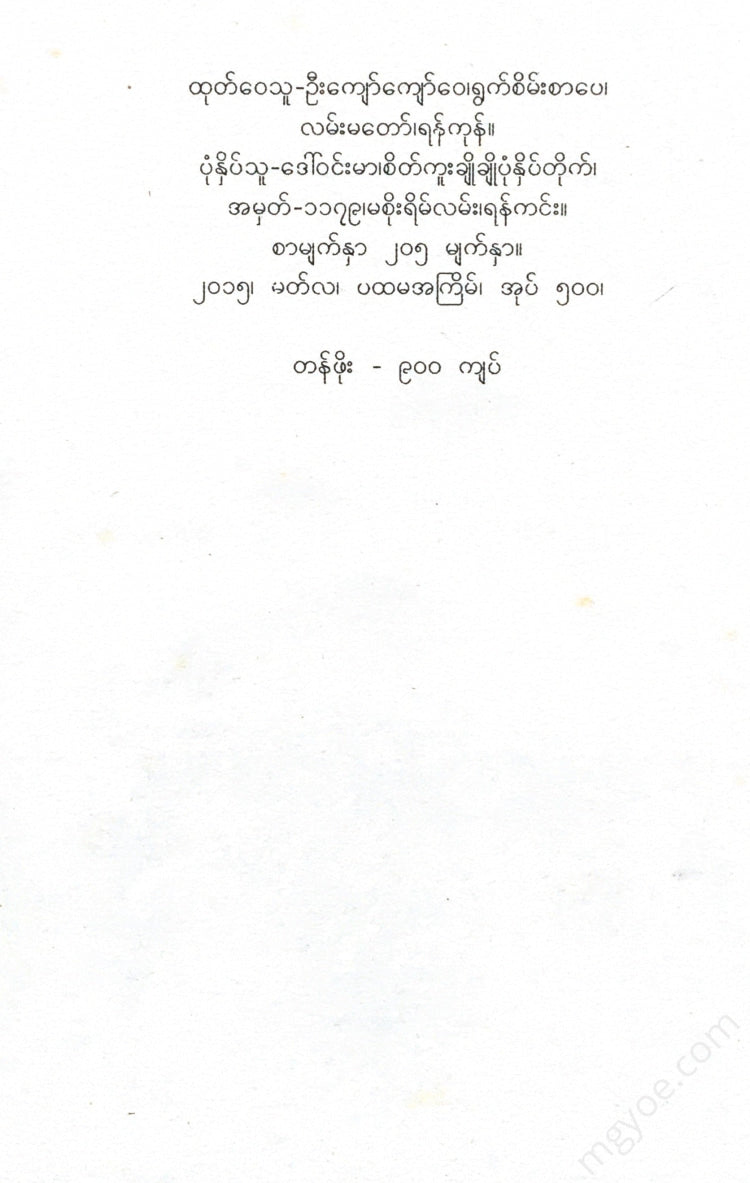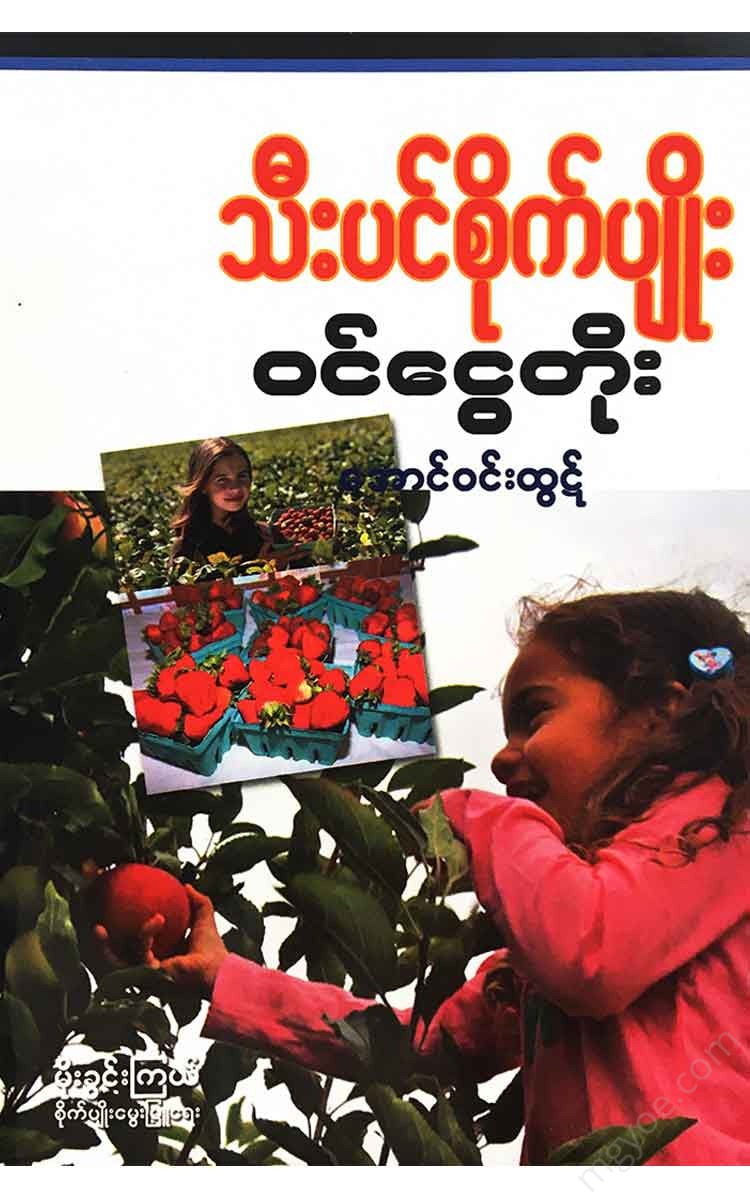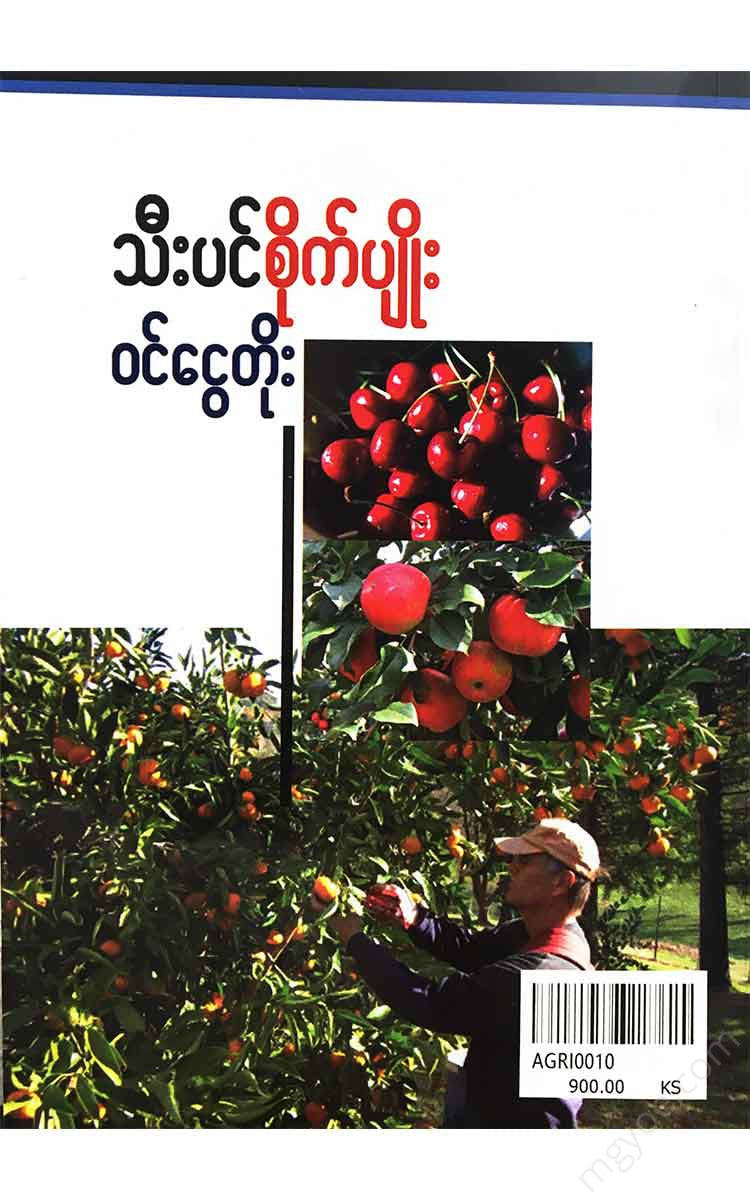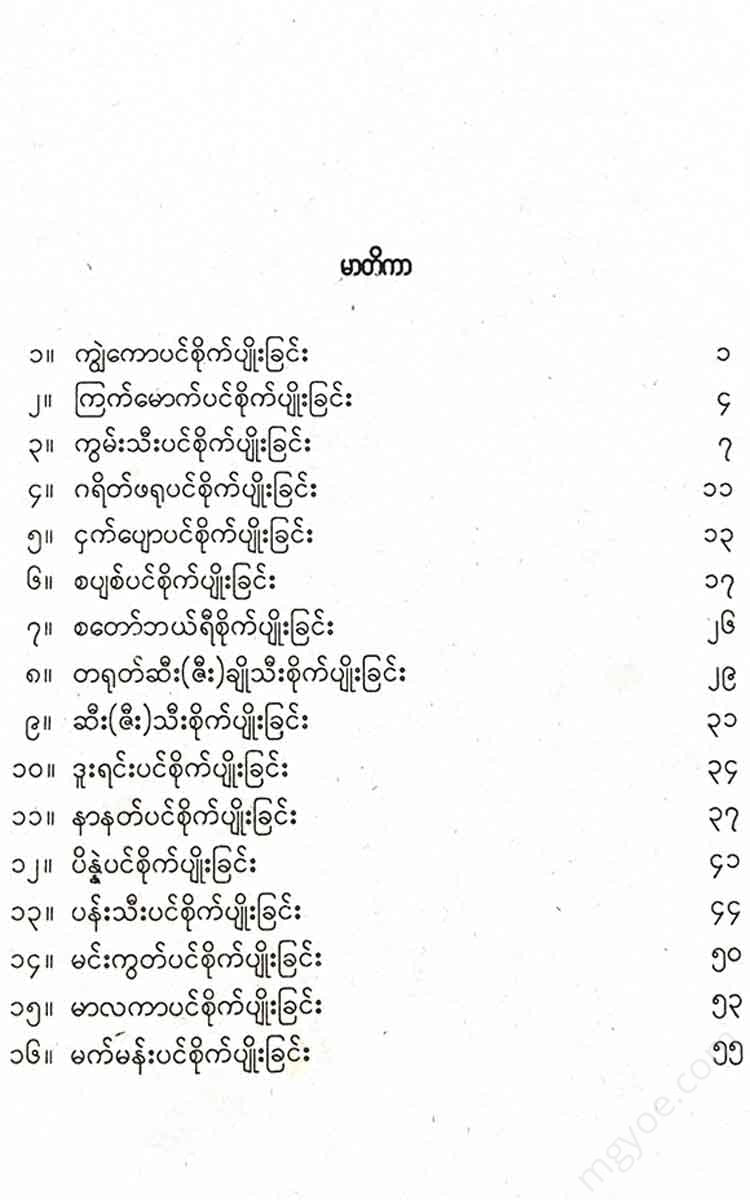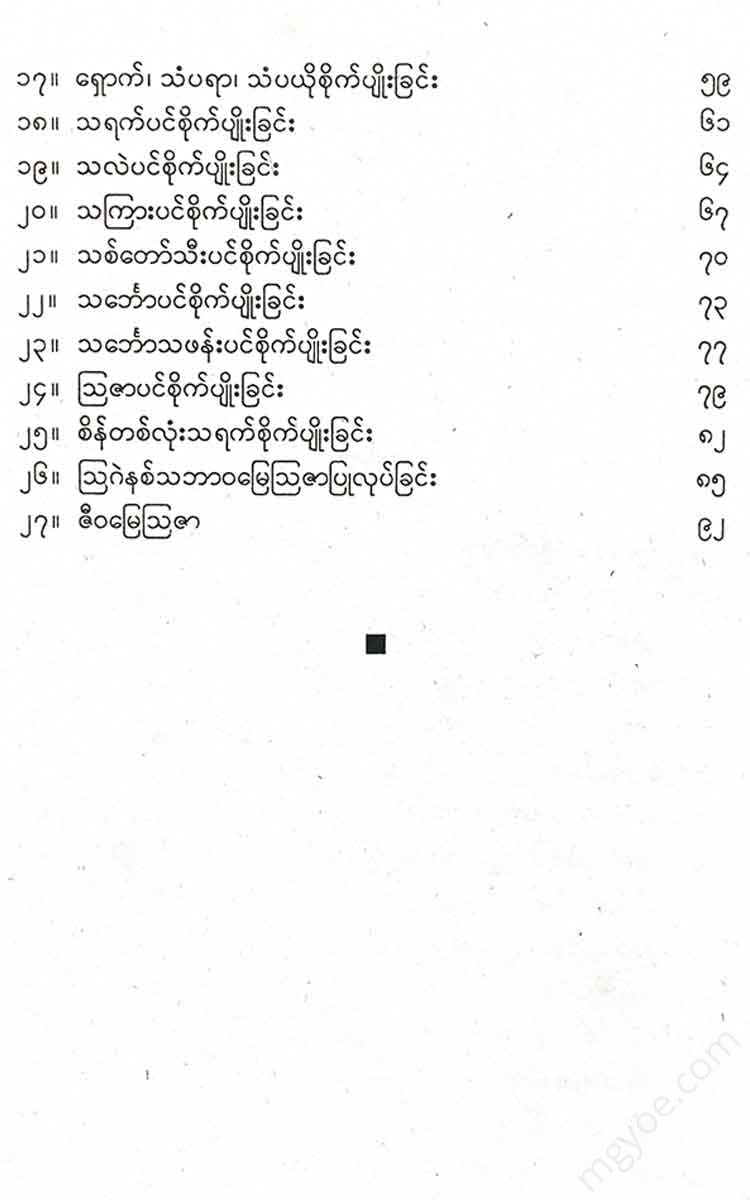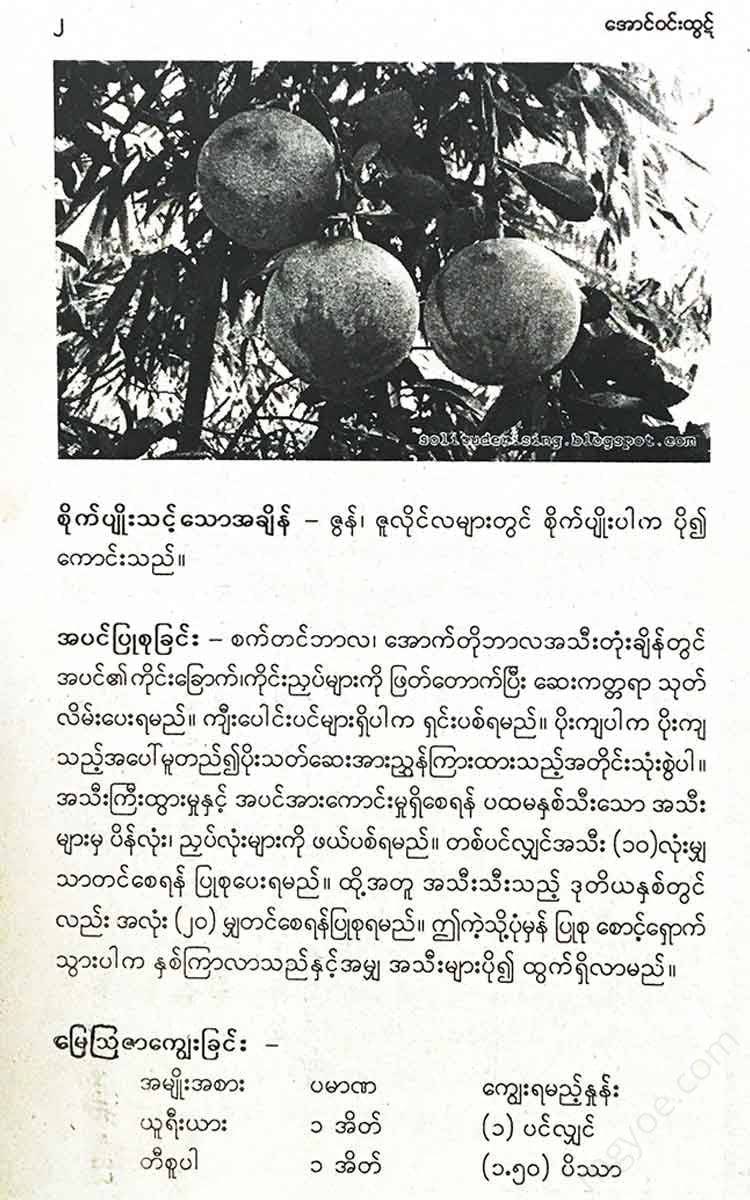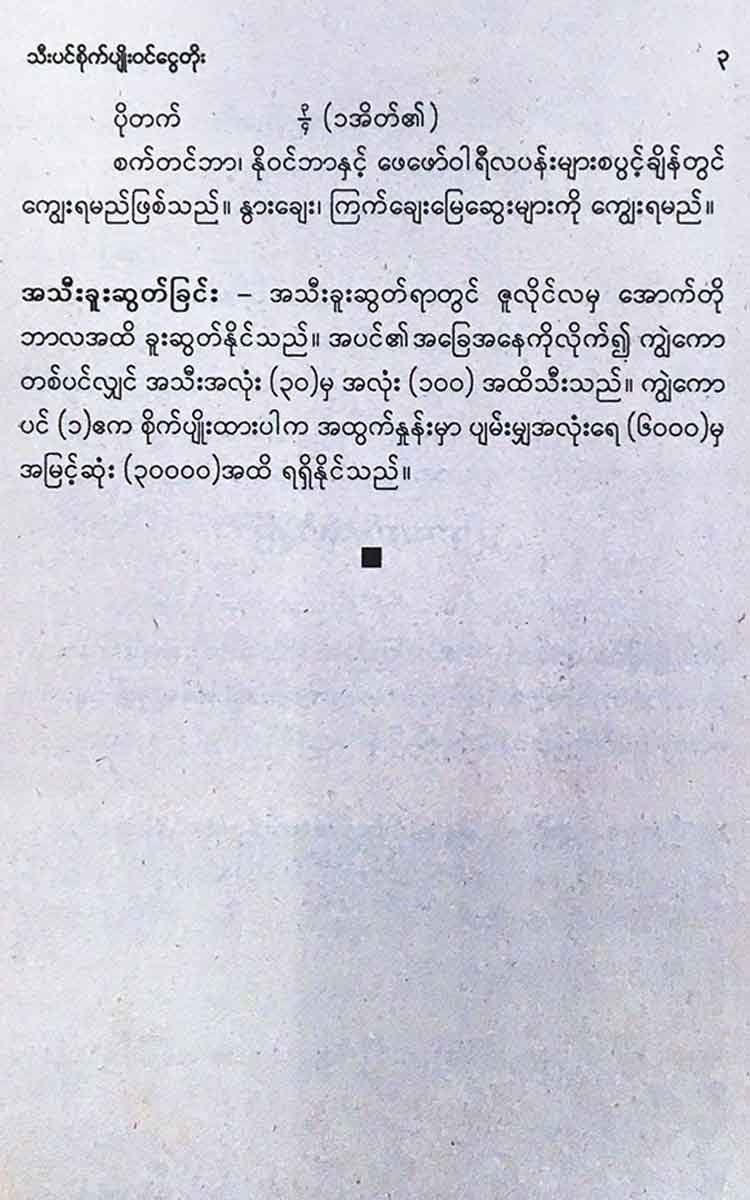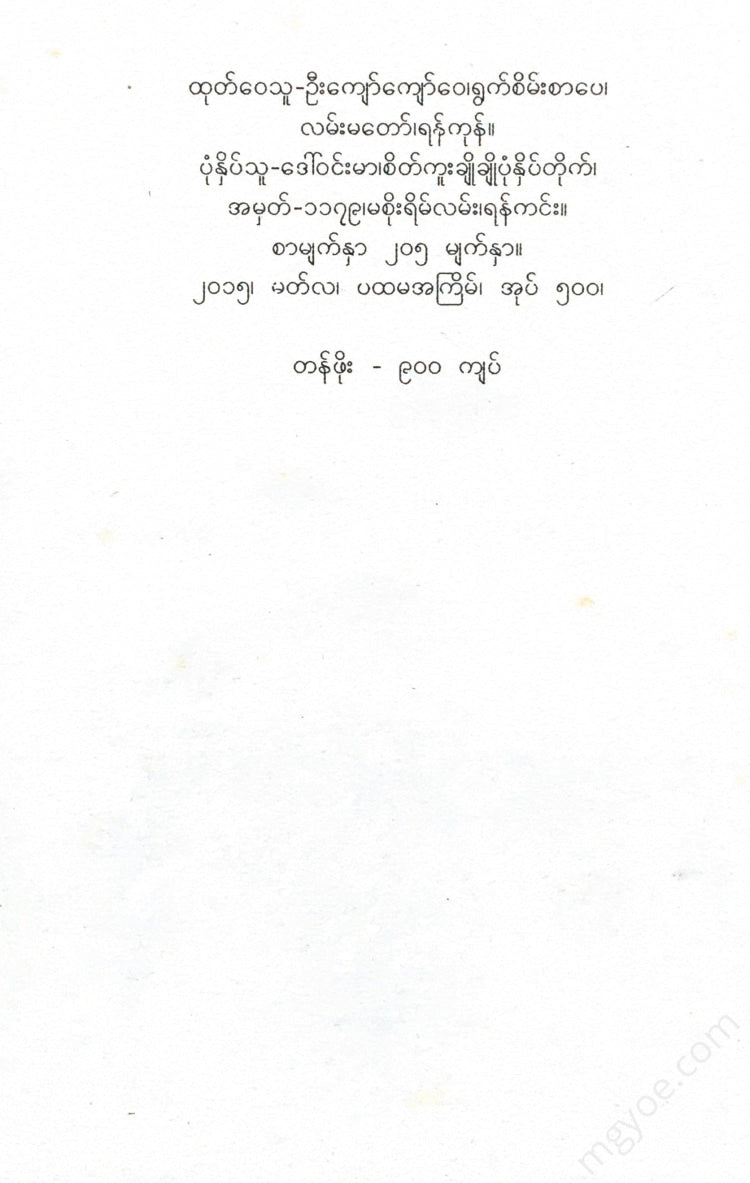စိတ်ကူးချိုချိုစာပေ
Aung Win Htut - Increasing income from fruit cultivation
Aung Win Htut - Increasing income from fruit cultivation
Couldn't load pickup availability
Cultivation of yams
Cultivable areas : It is most widely grown in Kayin State (Than Taung), Mon State, and Tanintharyi Region, and can be grown alongside durian and mangosteen.
Climate and Soil - Prefers warm, humid climates. It is fairly tolerant of waterlogging and can be grown in any soil. It grows well with rainfall above (100) inches and temperatures between (12-35) degrees Celsius.
Reproduction - Can be propagated by seed, grafting, and cuttings.
Planting - If you grow from seeds, transplant the seedlings into seedling bags after about a month and a half. When the buds open, they need a lot of water and should be planted in a place where water can flow. Dig a hole (3x 3 x 3) feet around and mix chicken manure, cow manure, sawdust, fertilizer ( N: P: K) ( 1:1:1) with lime, insecticide, and furadan in the same ratio. Then mix it with the top (1.5) feet of excavated soil and soak it for about a month.
In June and July (when the humidity improves after heavy rains), (1-5-2) year old seedlings can be transplanted. Transplanting should be done in the early morning or evening. The surface of the planting hole and the surface of the seedling should be level. After planting, the soaked compost mixture should be returned to the base of the plant.
Fertilization - If the plant is strong, it can bear fruit in (3-4) years after planting. Fertilization should be done once in November and December of the year when the fruit will start to bloom, once in February and March after flowering and when the fruit is fully formed, and once in August and September after harvesting and during the rest period of the plant, for a total of (3) times. For each fertilization, (2) buckets of mixed cow dung and chicken manure and (1) bucket of sawdust should be added. For the first fertilization, N: P: K( 3:1:1), for the second fertilization, N: P: K( 1:2:1), for the third fertilization, N: P: K( 1:1 ; 3) should be applied. For feeding, (4) to (12) buckets of milk powder should be applied depending on the plant's needs. After the fruiting season, remove the branches and branches and make adjustments to improve air circulation to produce more fruit.
3 Betel nut cultivation
Cultivation area - It can be cultivated in any region and grows well in coastal areas with high rainfall. It can be cultivated if moisture is available within 3,000 feet above sea level. It grows in swamps, ravines, and western areas. It can also be cultivated in areas with good moisture and high temperatures.
Climate - It prefers a warm and humid climate. It grows well in areas with an annual rainfall of 80-200 inches. It can be grown by irrigating if necessary. Drought can affect the growth and flowering of the plant. High rainfall and temperatures (28-32 degrees Celsius) are better for betel nut cultivation.
Types of betel nuts - There are roughly (3) types of betel nuts grown in Myanmar. They are - potted betel nuts, woven betel nuts, and sweet betel nuts. The potted betel nuts are round and slightly flattened in shape and are called round betel nuts in Ayeyarwady Region and round betel nuts in Mon State. Woven betel nuts are slightly elongated and are called michaung in Ayeyarwady Region and round betel nuts in Mon State. There are two types: white betel nuts and red betel nuts. Sweet betel nuts are grown in Dawei and Mawlamyine.
Soil type : Grows best in clayey loam soil with a pH of (5-5.5). Does not like waterlogging. Prefers well-drained soil. Can be grown in redwood forest soils.
Cultivation - When taking seeds, betel nut seeds should be taken from a tree that has a large trunk and is between 15-20 years old. From a tree that has more than 100 fruits per stem and produces 4-5 strong fruits, instead of taking the first and last strong fruits, only the thin-skinned, large, evenly colored, dark fruits from the strong fruits that come from the middle should be selected as seeds.
The selected betel nuts should be placed in a well-shaded, moist place, in rows (1) inches apart on a soil prepared by mixing sand, sawdust, and compost in equal proportions, and buried (3) inches deep in the soil. Then, they should be covered with straw or hay. They should be watered regularly twice a day.
After about (1) month and a half after sowing, when the seedlings emerge, they should be transplanted into (8-12) inch-wide seedling bags containing (3) parts compost, (1) part cow dung, and (1) part sawdust. Place the seedling bags in a shady place and water them daily. To ensure good leaf growth, the seedling bags should be spaced about (1) foot apart.
Planting - When planting betel nut trees, the planting area should be prepared. Small pits should be dug (8x6) feet apart between the trees and rows. If the soil is poor, (6x4 ) feet can be dug. There are two types of planting: single planting and intercropping. Intercropping is done by intercropping with banana, guava, pineapple, and durian trees. The best time to transplant is at the beginning of the rainy season. Before planting, add (3) parts compost, (1) part cow dung, and (1) part sawdust to the planting pits and tamp them down. When planting, betel nut trees should not be too shallow. The yield of betel nut trees depends on the cultivation system, soil, and care.
